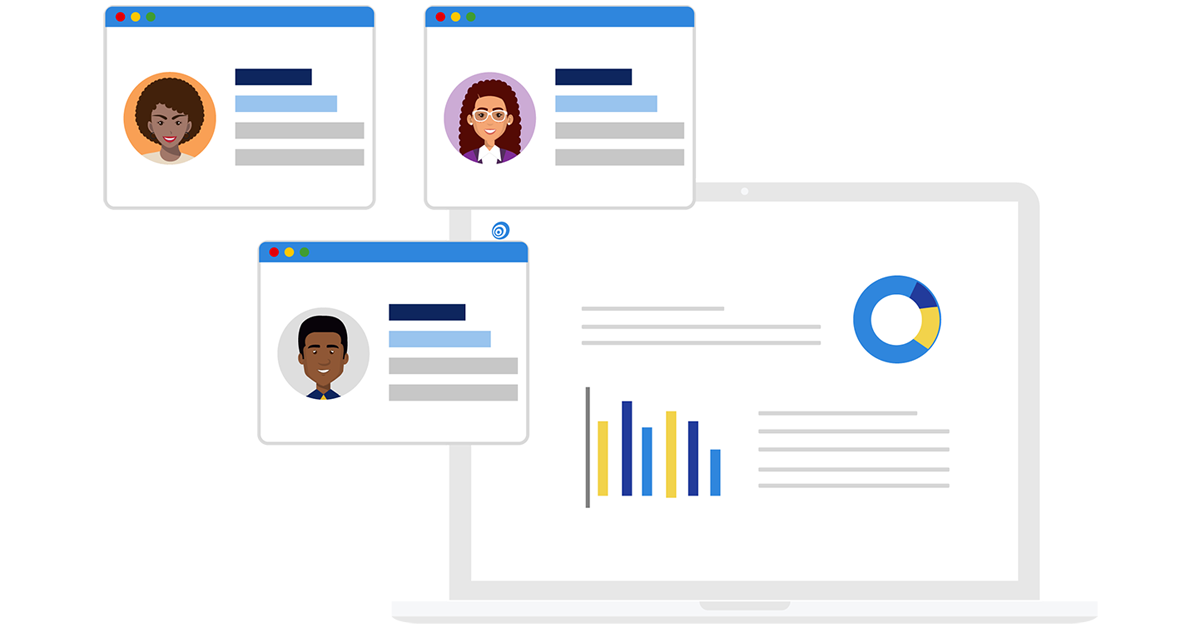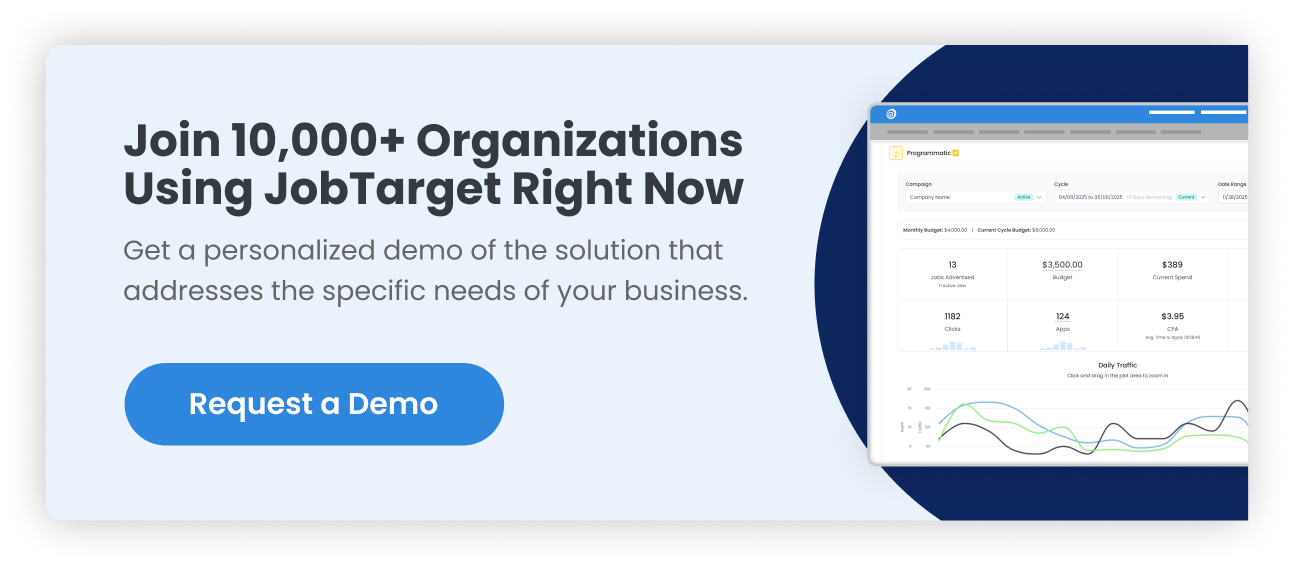According to a 2022 study by global employment agency, ManpowerGroup, 3 of 4 (75%) companies have reported talent shortages and difficulty hiring – a whopping 16-year high. As labor markets are striving to rebound from the impacts of the pandemic, a talent shortage of historical scale has catalyzed.
So, what does this mean for both candidates and employers? It means that the biggest power shift in the last decade is taking place right now—moving control from the employer to the employee or potential candidate.
In light of the talent shortage, the entire nation is also facing a skills gap. To put it simply, the workforce doesn't have enough workers to fill an increasing number of highly-skilled jobs. If workforces are less skilled, businesses become less competitive.
Which means...skills have become the new currency.
According to a Korn Ferry study called Global Talent Crunch, the current talent shortage could create 85 million unfilled jobs and close to $8.5 trillion in unrealized revenues if unaddressed by 2030.
Recruiters across the nation are struggling to find (and retain) quality talent for their roles. And they're also struggling to keep up with the skills gap.
So, how do we respond?
Filling the gap
There's good news and bad news.
Good news first (always): you already have the foundation you need to attract the right talent. Talent intelligence platforms, recruitment advertising ecosystems (us! 😊), and smart HCM systems, are all building on top of your existing foundation for a deeper and more intelligent reach. And what's always at the foundation of HR? People. You already have people. Good people. You just need more of them. And more of them that specialize in specific skills.
The bad news: The gap consists of messaging and recruitment tactics that don't resonate with the talent you are trying to reach. In order to get the talent you need, it requires you to take a few steps backwards. Zoom out, if you will. Evaluate and evolve your recruitment strategy. Draw up a blueprint of your open roles, various skill gaps, and the kind of person who would grow and succeed within your organization.
That's right – build a documented candidate persona strategy. Candidate personas are a representation of your ideal job candidate and they lead to more relevant, tailored job titles, descriptions, and experiences to appeal to the talent your organization actually needs.
Personas aren't dead. They are alive and well. And the talent acquisition space needs them now more than ever.
You're probably thinking, "why in the world would I build a candidate persona for a specific kind of candidate when I'm struggling to find talent, period?"
One of the biggest misconceptions recruiters believe is that a candidate's attention span is getting shorter. And that's why they're not reading your job description or finishing your application form. In reality, it's not their attention span that's getting shorter, it's their patience.
As humans, we gravitate towards narrative—we are bred for communicating and identifying through story. And guess what? When a candidate is reading your job description, filling out your application, browsing through your employer website, and scrolling through your social media channels, they shouldn’t have to work hard to find themselves in your story. If they do, they'll stop engaging and move on to the next opportunity in a millisecond.
We need to give people what they want, how they want it, and when they want it. And that begins with mapping a candidate persona with a relevant narrative that will resonate with the story they can locate themselves in—which takes time, intention, thoughtful preparation, and lots of candidate data.
Resources for candidate persona building
A few characteristics that may help define a candidate persona include:
-
Work experience
-
Specific skill sets
-
Communication style
-
Preferred work environment
-
Professional goals and motivators
-
Geographical location
-
Education
Once you understand who you're targeting, you will have better insight into where you can source them.
Candidate personas can be utilized for:
-
Creating and placing job descriptions
-
Employer branding
-
Sourcing passive candidates
-
Time-to-hire rates
-
Cost-per-hire rates
-
Application completion rates
-
Quality-of-hire rates
-
Offer acceptance rates
-
Employee retention rates
-
And much more
Here are some Candidate Persona templates that work for recruiters and a guide for understanding candidate personas.
Measure, measure, measure
Okay, you've taken the time to build a meaningful candidate persona strategy for your organization. Now what? Test, test, test.
What's working? What's not? Have your engagement rates increased? What kind of candidates have your new personas identified? Have your time-to-hire or quality-of-hire rates improved? Have candidates commented on their experience? Keep implementing new candidate data, whether on high-performing employees in similar roles or your internal hiring data. Continue evolving your messaging as you go.
Strategize what's next
As we all know, writing a message doesn't matter if no one sees it. Once you deeply understand how to engage and resonate with candidates, you can move on to strategize where to meet them.
If you want to get more granular and targeted with the next phase of your recruitment strategy, there's more good news, JobTarget can help with that.








